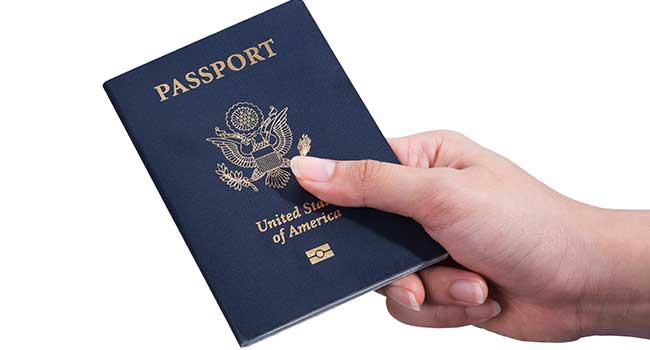
US Border Patrol Unable to Validate E-Passport Data
E-passports store a cryptographic signature to prevent forgeries and tampering, but CBP has not deployed the software needed to verify the information, causing a security lapse.
- By Jessica Davis
- Feb 27, 2018
U.S. Customs and Border Protection officials have been unable to cryptographically verify passports of visitors coming into the US for more than a decade because they lacked the proper software, according to a letter sent to CBP acting commissioner Kevin K. McAleenan by Sens. Ron Wyden (D-OR) and Claire McCaskill (D-MO). E-passports store a cryptographic signature to prevent forgeries and tampering, but CBP has not deployed the software needed to verify the information, causing a security lapse.
For the last 11 years, the United States has inserted RFID chips in the back panel of its passports, creating “e-Passports”. The chip stores passport information, a biometric identifier, and a cryptographic signature to prevent tampering or forgeries, making it theoretically more secure and more difficult to alter.
However, according to Wyden and McCaskill, CBP currently “lacks the technical capabilities to verify e-passport chips.”
“Specifically, CBP cannot verify the digital signatures stored on the e-passport, which means that CBP is unable to determine if the data stored on the smart chips has been tampered with or forged," according to the senators’ letter.
The security gap was first brought to light by the Government Accountability Office (GAO) in a 2010 report.
"DHS does not have the capability to fully verify the digital signatures because it ... has not implemented the system functionality necessary to perform the verification,” GAO reported. "The additional security against forgery and counterfeiting that could be provided by the inclusion of computer chips on e-passports issued by the United States and foreign countries ... is not fully realized."
The senators have asked CBP to work with the government’s General Services Administration to create a budget for implementing the software needed to use the e-passport verification functionality and present a plan by January 1, 2019.
About the Author
Jessica Davis is the Associate Content Editor for 1105 Media.